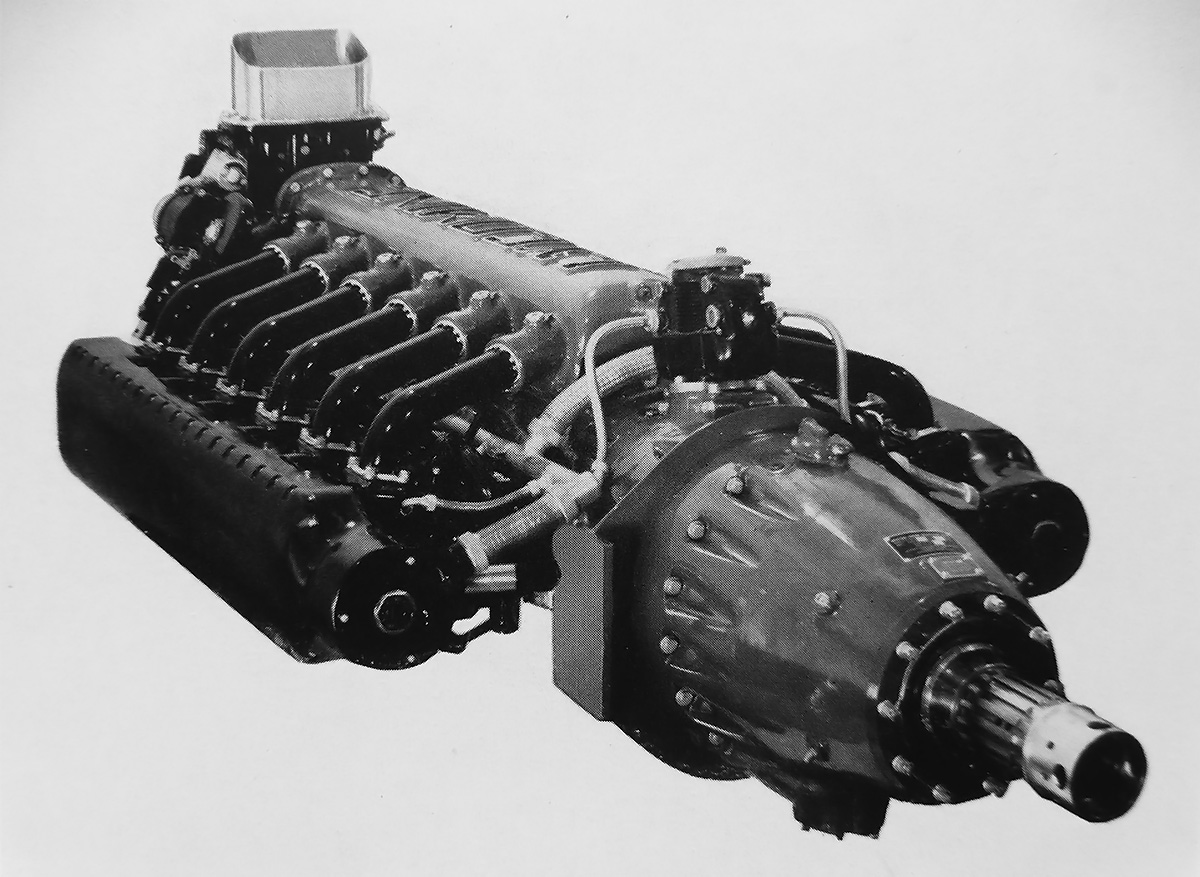to_change22
Recruit
- 6
- Apr 9, 2023
There was a wide consensus in U.S. military circles ~1939-1940 that U.S. pursuit fighters were substantially less capable in terms of performance than their equivalent European counterparts. Specifically, in Germany, the BF109-E (the first version to use the Daimler-Benz DB-601 engine) began production in 1938, while the original airframe was designed in 1934. In Britain, the Spitfire airframe was designed in 1935 and the airplane went into production in 1938. The single-engined fighters which were being developed in the U.S. at the same time included the Seversky P-35, Bell P-39, and Curtiss P-40 (derived from the P-36). There was wide belief - confirmable by various performance metrics - that the U.S. fighters were inferior.
What accounted for this difference in performance?
Of note: I am looking mostly for an engineering answer, and references would be greatly appreciated!
Advances in in aircraft performance are generally governed by developments in 1) aerodynamics 2) propulsion and/or 3) structures.
Keeping this in mind, the most obvious causal factor in the superior performance of European fighters is that the European engines available for use in the 1935-40 timeframe were of higher performance in terms of P/W ratio (particularly at altitude) than similar engines then available in the U.S. The German DB-601 and British Rolls Royce Merlin engines were both superior to the American Allison engine, the only serious V12 the U.S. produced in the late 1930s. It would take until 1940 for the U.S. radial engine makers to launch high-output versions of their radial engines (e.g. supercharged R-2800s) and of course the U.S. capitalized on the high-performance, liquid-cooled Merlin for use in the P-51.
So the question is, was the entire scope of the performance difference due to powerplants alone or whether there were other salient developments in aircraft aerodynamics and/or structures that help account for the superior performance of British and German fighters to start the war.
I think the best way to do this comparison is to compare three specific aircraft c. 1940: 1) The BF-109E 2) The Spitfire Mk1 (or Mk2) 3) The Curtiss P-40 (alternatively, substitute the P-39).
Note - I am being very specific to the timeframe of 1935 - 1940 because later U.S. developments, such as the P-51 Mustang, F6F, etc., largely corrected much of the performance deficit. While one could still argue on the margins about the superiority of one design over the other, there was no longer a consensus amongst the U.S. military officials that their pursuit fighters were inferior.
Note 2 - there is a difference between a design choice & a technical advance. German and British fighters also may have had higher performance on the metrics I mentioned above not because German's had specific ideas that were more advanced than the U.S.'s designers, but also because they were designed to do with different goals in mind. I have tried to equalize by not comparing aircraft designed for obviously different goals (eg, a twin-engined interceptor vs. a single-engined fighter). But there still might be some differences. For example, U.S. fighters might have been heavier (thus reducing climb rates) because the USAAC put more emphasis on armor protection than the RAF did. If that is the answer, happy to hear that too. Just want to know!
What accounted for this difference in performance?
Of note: I am looking mostly for an engineering answer, and references would be greatly appreciated!
Advances in in aircraft performance are generally governed by developments in 1) aerodynamics 2) propulsion and/or 3) structures.
Keeping this in mind, the most obvious causal factor in the superior performance of European fighters is that the European engines available for use in the 1935-40 timeframe were of higher performance in terms of P/W ratio (particularly at altitude) than similar engines then available in the U.S. The German DB-601 and British Rolls Royce Merlin engines were both superior to the American Allison engine, the only serious V12 the U.S. produced in the late 1930s. It would take until 1940 for the U.S. radial engine makers to launch high-output versions of their radial engines (e.g. supercharged R-2800s) and of course the U.S. capitalized on the high-performance, liquid-cooled Merlin for use in the P-51.
So the question is, was the entire scope of the performance difference due to powerplants alone or whether there were other salient developments in aircraft aerodynamics and/or structures that help account for the superior performance of British and German fighters to start the war.
I think the best way to do this comparison is to compare three specific aircraft c. 1940: 1) The BF-109E 2) The Spitfire Mk1 (or Mk2) 3) The Curtiss P-40 (alternatively, substitute the P-39).
Note - I am being very specific to the timeframe of 1935 - 1940 because later U.S. developments, such as the P-51 Mustang, F6F, etc., largely corrected much of the performance deficit. While one could still argue on the margins about the superiority of one design over the other, there was no longer a consensus amongst the U.S. military officials that their pursuit fighters were inferior.
Note 2 - there is a difference between a design choice & a technical advance. German and British fighters also may have had higher performance on the metrics I mentioned above not because German's had specific ideas that were more advanced than the U.S.'s designers, but also because they were designed to do with different goals in mind. I have tried to equalize by not comparing aircraft designed for obviously different goals (eg, a twin-engined interceptor vs. a single-engined fighter). But there still might be some differences. For example, U.S. fighters might have been heavier (thus reducing climb rates) because the USAAC put more emphasis on armor protection than the RAF did. If that is the answer, happy to hear that too. Just want to know!
Last edited:

